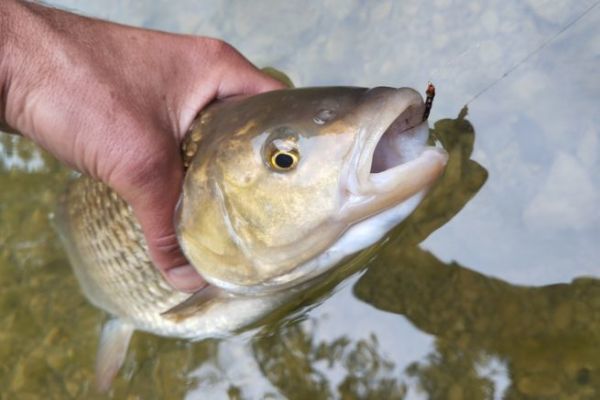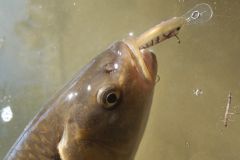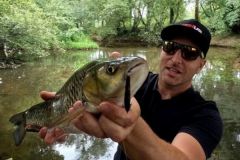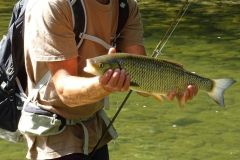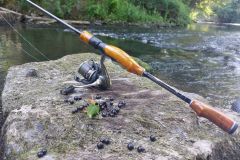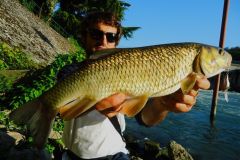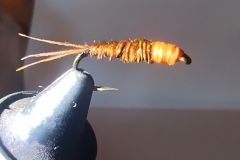Beginning or improving with sight nymphs
Often unloved, the chub is nonetheless a formidable training partner for those wishing to begin or progress in sight nymphing.
This fly-fishing technique is demanding and requires practice. As a beginner, you don't arrive on the banks of the Albarine, Ain or Touvre rivers expecting to make big catches with this technique. A (long) apprenticeship is required. In addition to spotting the fish and approaching it, there's that long leader to master, the posers, the drifts, the detection of the nymph's catch...
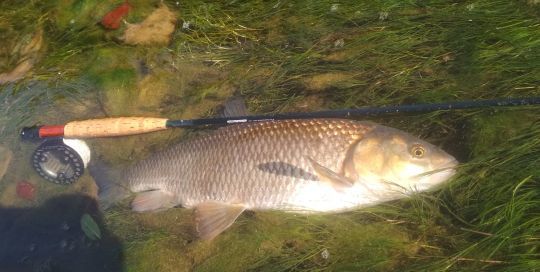
There's no secret to this: practice makes perfect. And that's the problem for those who live far from suitable rivers. The good thing about the chub is that it can be found almost everywhere. From streams to rivers. And also in the second category, which means that fishing can be extended beyond mid-September, when the first category closes. In periods of high and low water, it also allows you to practice your passion while leaving the poor salmonids, who suffer from these conditions, alone.
Another important advantage of this fish is its ability to swim close to the surface. This is a major advantage, as it allows you to spot them and therefore fish them in waters that are not suitable for sight nymphing.
The chub, a wary fish
It's a wary fish that requires discretion. Perfect for perfecting your approach technique.
They are also demanding, refusing to accept a nymph that is too heavy or drifts badly, and requiring a great deal of precision as they won't move far to catch a nymph, so you need to cast just right. I'm talking here about pretty specimens, the young ones being of course much more na´ve and voracious.
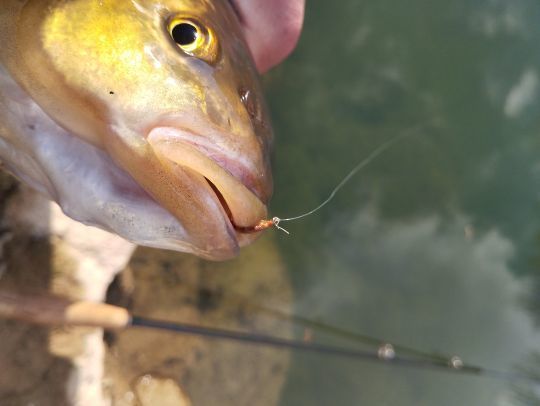
What you need
When it comes to tackle, you need the same conditions as when fishing for salmonids. Depending on your tastes, the size of the river and the fish you're after, you'll need an 8.6p or 9p fast-action rod for 4, 5 or 6 line. A reel fitted with a floating line of the right profile. Not easy to find among all the references. Scientific Anglers VPT, Lee Wulf Triangle Taper or Barrio SLX are a few sure-fire choices.
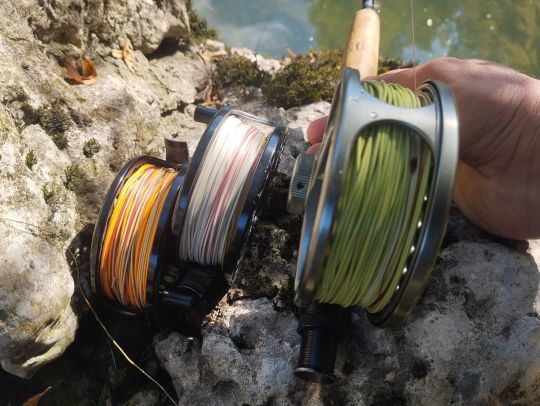
For the leader, there are as many formulas as there are anglers. What is certain is that, for reasons of discretion, you need to keep your nymph as far away from your line as possible. That's why you need a long leader. If you're a beginner, I suggest a simple formula: 70 cm of 45-hundredths nylon, 60 cm of 40, 50 cm of 35, 50 cm of 30, 50 cm of 25, 50 cm of 20-hundredths. At this point I make a micro-loop so that this part of the leader remains fixed. Then I connect a 50 cm pre-tip in 18 hundredths and my minimum 2.50 m tip in 14.
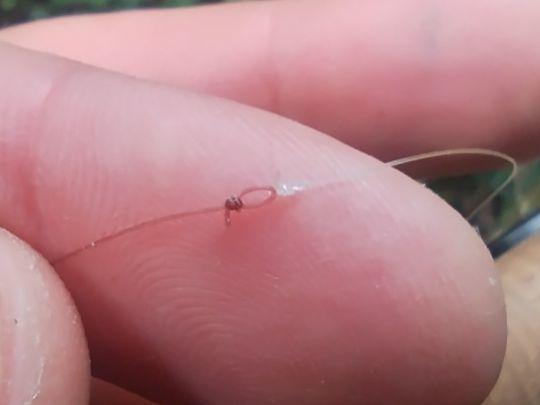
Whatever your formula, it's important to keep it the same so you can master it.
I use the same nymphs as for trout fishing. I keep it simple, using only a few models, available in several weights and sizes. I choose from among the larger models, as there's no point in attacking chub with micro nymphs. 14/12/10 are the right sizes.
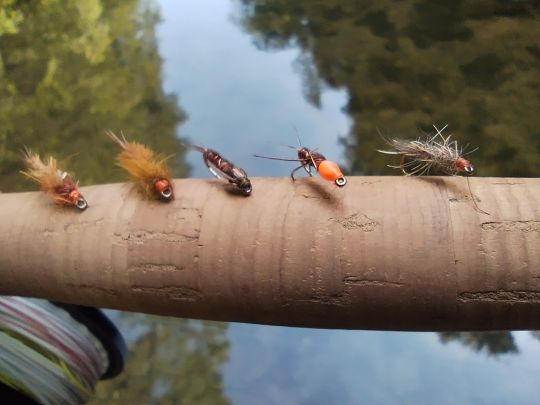
When they're flush with the surface, you need very light tackle. And a lot of precision, as it's usually the impact of the nymph that will decide them to come and see it. They'll be interested in the nymph hitting the surface and will immediately head for this potential food source that has just fallen into the water. This won't work on educated trout who, alerted, will flee in this case with all their fins. But it will allow you to work on the accuracy of your casts. All you have to do then is adapt by casting further upstream in the presence of a trout.

 /
/ 